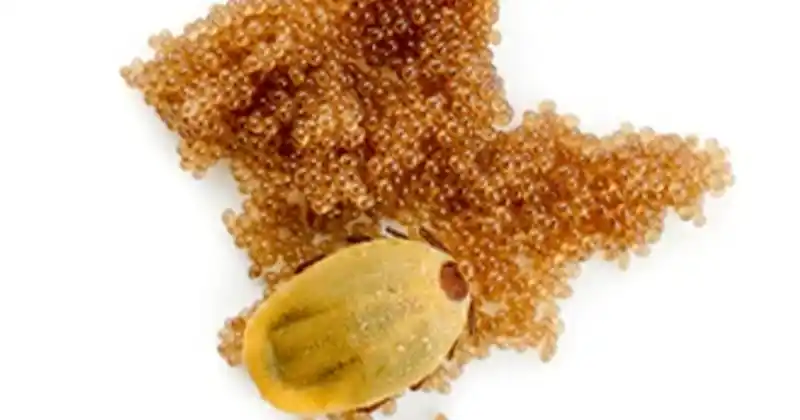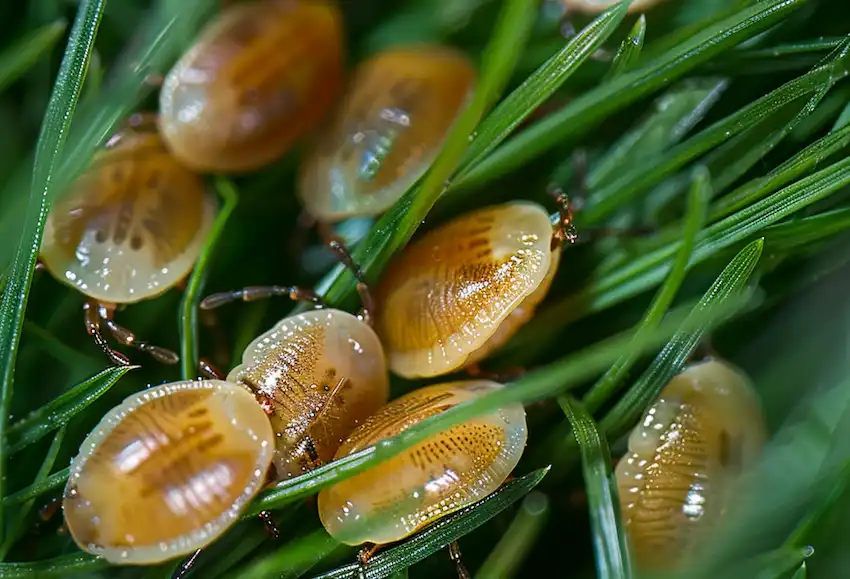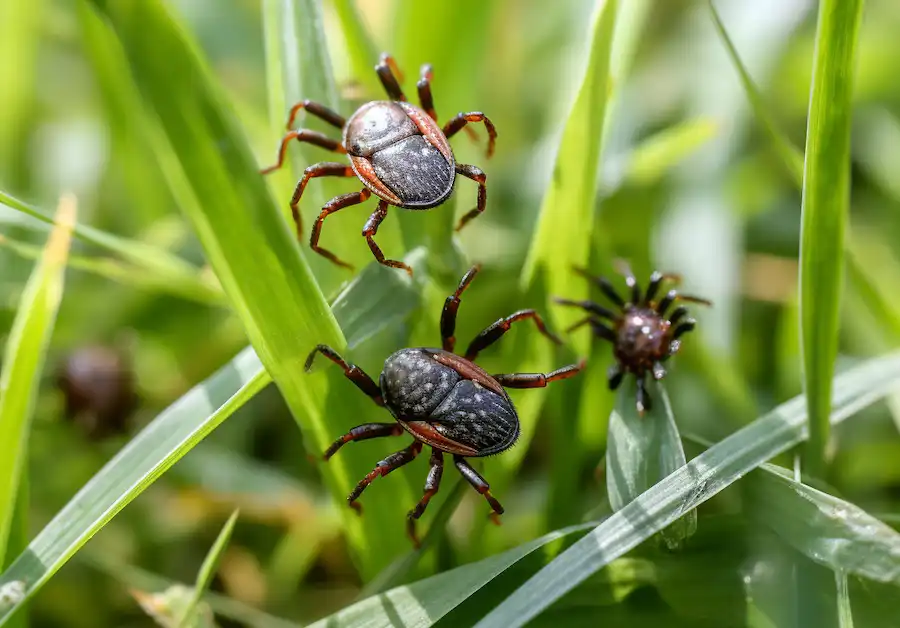Encountering tick eggs in your backyard can be quite concerning. Ticks are known carriers of diseases, and their eggs are often hidden in cozy outdoor spots, which can lead to a larger infestation. This guide will help you recognize, manage, and prevent tick eggs effectively in a friendly and straightforward manner.

Identification of Tick Eggs
Tick eggs are extremely small, typically around 0.5 mm in diameter, similar in size to a poppy seed. They are often oval or pear-shaped and have a translucent, slightly whitish look. Depending on the species, their appearance can vary. Tick eggs are generally laid in clusters and attached to vegetation, leaf litter, or other ground-level surfaces. As these eggs mature, they can become more opaque and may change color to resemble that of an adult tick. Their texture is smooth and glossy, and their color can range from pale yellow to light brown.

The Dangers of Tick Eggs
The real danger with tick eggs is that they eventually hatch into larvae that can carry harmful diseases such as Lyme disease and Rocky Mountain Spotted Fever. Therefore, it’s vital to handle tick eggs carefully to avoid spreading these diseases.
Removal and Disposal of Tick Eggs
If you find tick eggs in your yard, it’s best to seek advice from a professional pest control expert or a veterinarian for accurate identification and removal methods. If you find individual ticks on the skin, remove them with fine-tipped tweezers by gripping the tick near its head or mouth and pulling it straight out. Avoid jerking or twisting. After removal, dispose of the tick in alcohol, a sealed bag, or by flushing it down the toilet.

Preventive Measures in Your Backyard

To prevent ticks from laying eggs in your yard, maintain your lawn by keeping the grass short and clearing leaf litter. Remove any old furniture, mattresses, or trash that gives ticks a place to hide. Consider using tick repellents and creating a barrier of wood chips or gravel between your lawn and wooded areas to keep ticks at bay.




